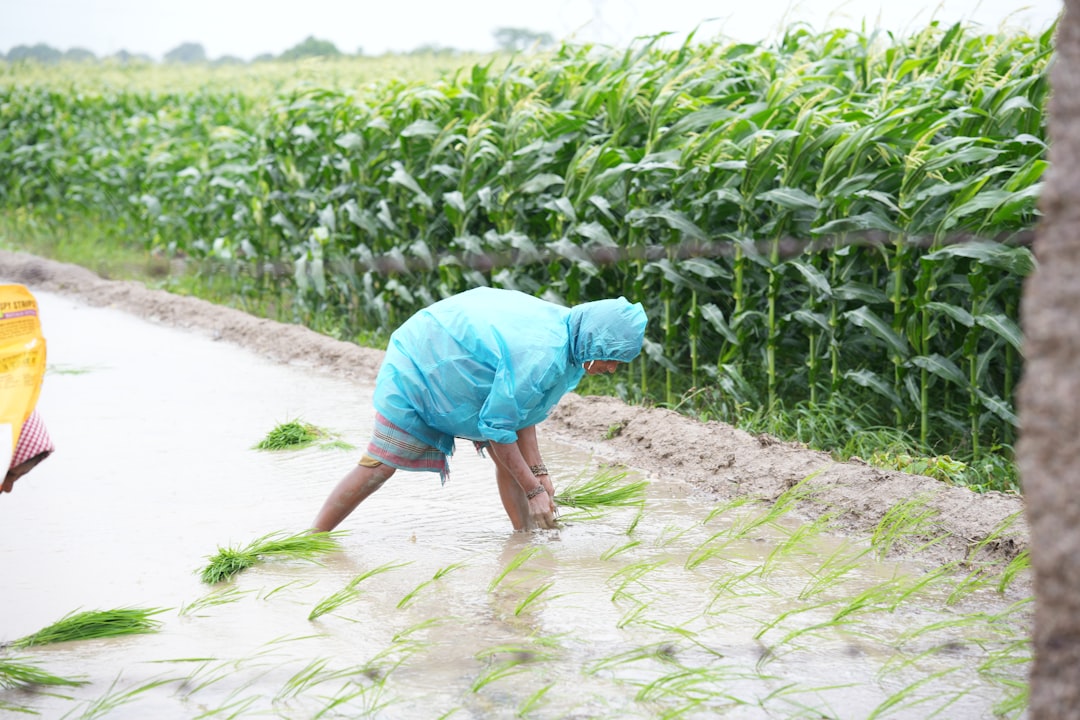Surface irrigation—one of the oldest methods of water delivery in agriculture—continues to play a critical role in modern farming. While its traditional forms have been used for millennia, surface irrigation techniques have evolved significantly, integrating modern design and management practices to enhance efficiency and sustainability. In this blog post, we explore traditional surface irrigation methods, examine contemporary innovations, and provide insights into optimizing water delivery for improved crop performance and resource conservation.
Traditional Surface Irrigation Techniques
Flood and Basin Irrigation
Flood irrigation involves releasing water onto the field, allowing it to flow freely and cover the soil surface. Basin irrigation, a variation, encloses crops in leveled depressions or basins to contain water, ensuring that fields receive the required moisture. These methods are relatively simple, inexpensive, and well-suited for flat terrains.
-
Key Benefits:
-
Minimal infrastructure required
-
Historically proven reliability for many crops
-
Effective when water supply is abundant
-
-
Challenges:
-
Often results in uneven water distribution
-
High water losses due to evaporation and runoff
-
Requires considerable labor for field preparation and water control
-
Furrow Irrigation
Furrow irrigation involves creating shallow channels along the crop rows. Water flows through these channels, infiltrating the soil adjacent to the plant roots. This technique is common in row crops and is valued for its simplicity and low operational costs.
-
Key Benefits:
-
Better water distribution than flood irrigation
-
Suitable for various soil types when designed properly
-
Low initial setup cost
-
-
Challenges:
-
Requires careful management of furrow dimensions and slopes
-
Risk of erosion if the water flow is not controlled
-
May lead to waterlogging or insufficient moisture in uneven terrain
-
Modern Innovations in Surface Irrigation
Improved Field Design and Land Grading
Advances in surveying and land grading technology have allowed farmers to create highly uniform fields. Precision leveling ensures that water is distributed evenly across the entire field, reducing wastage and improving crop uniformity. Modern equipment now makes it easier for farmers to prepare fields that optimize water infiltration and minimize runoff.
-
Innovative Tools:
-
Laser leveling and GPS-guided machinery
-
Digital soil mapping to inform field modifications
-
Drainage planning to prevent waterlogging
-
Controlled Irrigation Scheduling and Monitoring
Integrating technology in surface irrigation has led to more controlled and efficient water use. Soil moisture sensors, weather forecasting, and decision support systems enable farmers to schedule irrigation events based on real-time data. These systems help avoid over-irrigation and ensure that crops receive water when and where they need it most.
-
Technological Enhancements:
-
Automated flow control systems and timers
-
IoT devices that monitor soil moisture levels
-
Mobile and web-based apps for irrigation management
-
Hybrid Systems: Merging Surface Irrigation with Modern Water-Saving Practices
In many modern farming operations, traditional surface irrigation is being combined with elements of modern water management. For example, farmers can use controlled basin or furrow irrigation while incorporating low-pressure, precision water delivery mechanisms. These hybrid systems maximize the simplicity of surface irrigation while leveraging technology to conserve water and reduce environmental impacts.
-
Hybrid Benefits:
-
Reduced water loss through efficient application
-
Enhanced control over water distribution
-
Greater adaptability to different crop types and field conditions
-
Optimizing Surface Irrigation for Efficient Water Delivery
Soil and Crop Considerations
To get the most out of surface irrigation, it is important to analyze both soil properties and crop needs.
-
Soil Texture and Structure:
-
Sandy soils may require more frequent applications, while clay soils might need controlled drainage to prevent waterlogging.
-
-
Crop Water Demand:
-
Understanding the water requirements of each crop at various growth stages helps tailor the irrigation schedule for optimal water use.
-
Embracing Sustainability
Sustainability in water management is now a central focus for many farmers. Modern surface irrigation practices aim to balance traditional methods with water conservation imperatives.
-
Conservation Practices:
-
Employing cover crops and organic amendments to improve soil structure
-
Creating retention basins and reservoirs to capture and store excess water
-
Practicing integrated water management that combines surface irrigation with complementary techniques like drip or sprinkler systems when needed
-
Economic Considerations
Cost remains a critical factor in choosing an irrigation method. Surface irrigation is often valued for its low initial investment, but its efficiency can be significantly enhanced through modernization.
-
Cost-Benefit Analysis:
-
Upgrading traditional systems with modern technology may require upfront investments, but the long-term savings in water, energy, and improved yields can provide substantial returns.
-
Government incentives and cost-sharing programs can help offset modernization expenses.
-
Conclusion
Surface irrigation has stood the test of time as a reliable method for delivering water to crops. By blending traditional techniques with modern advancements, farmers can achieve a more precise, efficient, and sustainable approach to water management. With the help of enhanced field design, technological integration, and hybrid systems, surface irrigation remains a viable and strategic option for many agricultural operations.
Embracing these innovative practices not only improves water use efficiency but also promotes long-term agricultural sustainability—ensuring that every drop of water is put to its best possible use while maintaining the health of the soil and the productivity of crops. Whether you’re working with expansive fields or small plots, thoughtful modifications to traditional surface irrigation techniques can yield impressive benefits for both the environment and your bottom line.

Comments
No comments yet. Be the first to comment!
You must be logged in to comment. Login